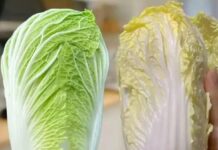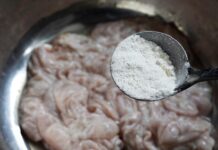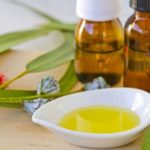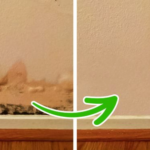In the damp spring days, the strong growth of mold makes things humid, and everything from clothes to food and household items is susceptible to mold. Drying the air is an essential need, not only giving you a comfortable feeling but also helping to prevent bacterial infections, strengthen your immune system, and keeping your home fresh and preventing damage to your belongings. In addition to using a dehumidifier, turning on the air conditioner in dry mode, and using moisture-absorbing packets, you can also consider growing these types of plants that have the ability to absorb moisture:
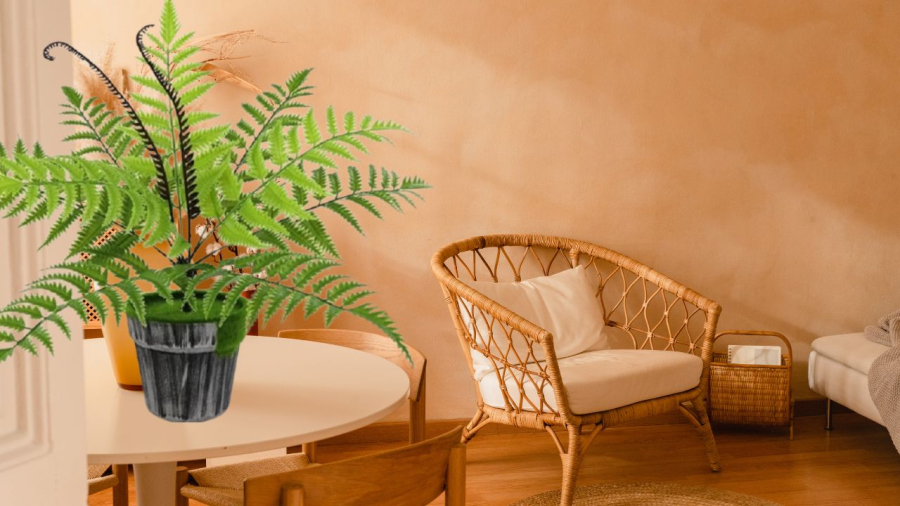
Dwarf Umbrella Tree: Moisture Absorbing and Easy to Grow Indoor Plant
Dwarf Umbrella Tree
The dwarf umbrella tree is an indoor plant that is ideal for growing indoors. Its characteristic feature is its ability to absorb moisture and purify the air very effectively. This plant species thrives in moist and shady locations. During the humid season, you should limit watering so that the plant can absorb moisture from the air, helping to keep your home drier and more resistant to humid weather.
Peppermint
Peppermint is not only fragrant but can also be used to treat constipation, tooth decay, cold symptoms, and headaches. It is also a good moisture-absorbing plant. Peppermint thrives in a humid environment. Growing peppermint indoors not only helps prevent humidity but also adds a touch of green to your interior space. Additionally, you have a ready supply of aromatic herbs for cooking or making drinks. Peppermint also helps repel mosquitoes during the humid season.
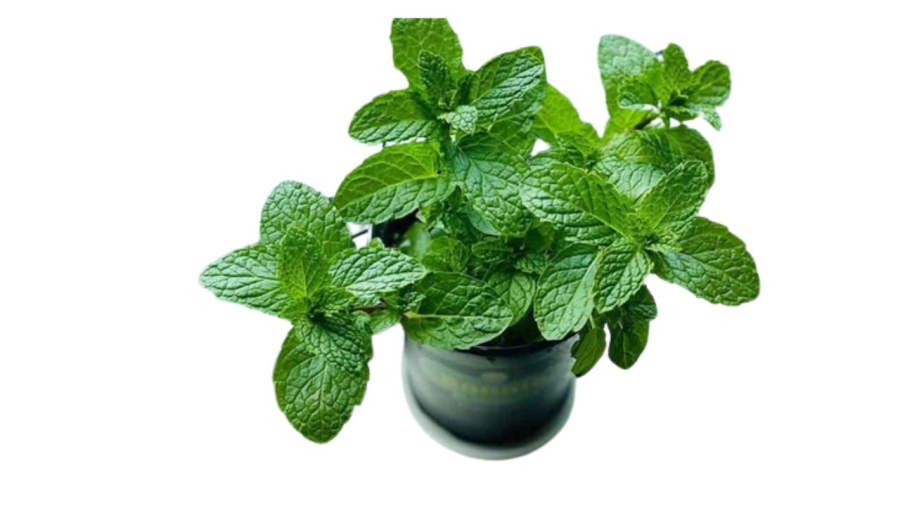
Peppermint: Excellent Moisture Absorbing Plant for Health and Mosquito Repellent
Snake Plant
The snake plant is also a suitable plant for moisture absorption. It acts like a mini moisture-absorbing machine placed indoors. You can place a snake plant in the bathroom, kitchen, or next to a window to maximize its moisture-absorbing and humidity-resistant effects.
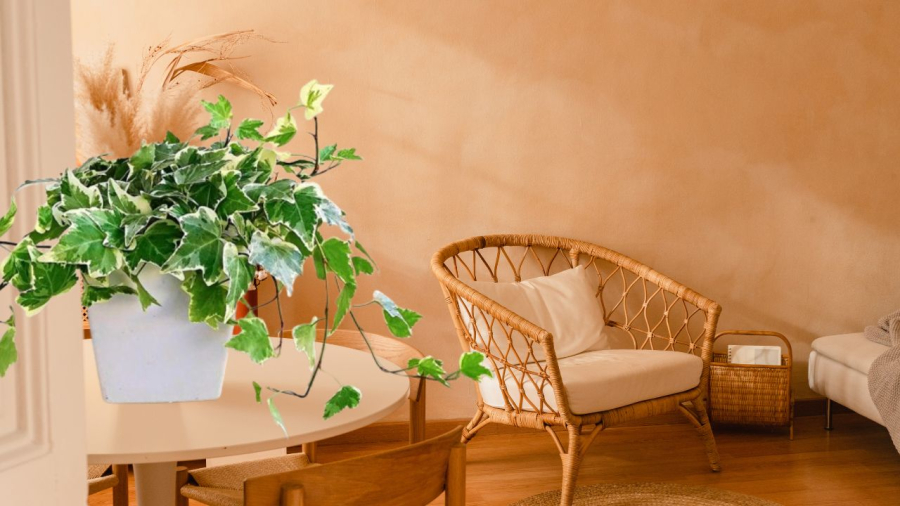
Snake Plant: Beautiful and Effective Moisture Absorbing Plant
Moth Orchid
Moth orchids have fragrant flowers and are a popular plant for feng shui and good luck. They also purify the air and effectively absorb moisture. Placing a large moth orchid in a corner of the room will help create a more comfortable atmosphere.
Phalaenopsis Orchid
Your home will not only become more elegant and classy with phalaenopsis orchids, but they are also an effective solution for absorbing excess moisture from the air. Phalaenopsis orchids naturally absorb moisture from the air.
Italian Orchid
Italian orchids have beautiful green leaves and lovely white heart-shaped flowers. This plant species excels at absorbing moisture, making it suitable for damp homes. Italian orchids are easy to care for and only need to be watered once a week with moderate light. They are not frost-resistant and should be grown indoors for stable temperatures.
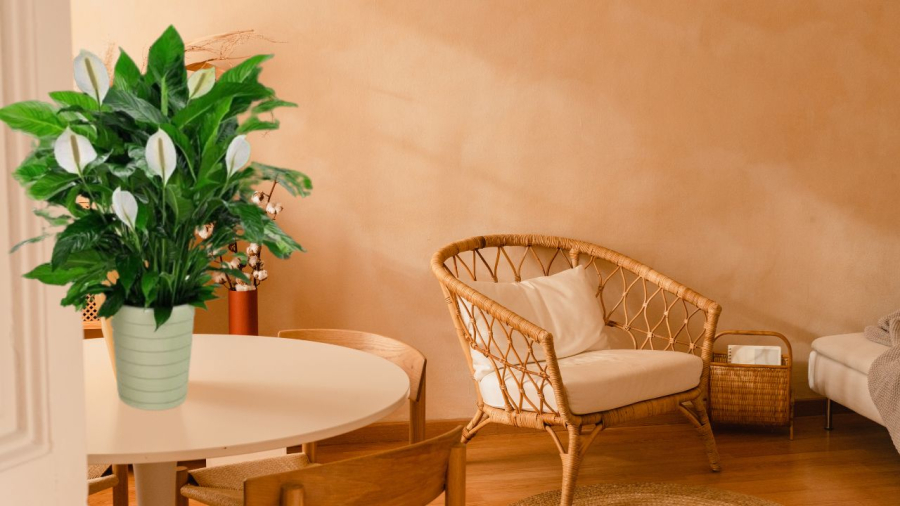
Italian Orchid: Ideal for Indoor Growing and Moisture Absorption
Parlor Palm
The parlor palm is not only beautiful but also has a good ability to absorb moisture from the air. This plant species mainly grows in rainy areas and can absorb moisture from the air. In indoor conditions, you should place it in a low-light area and ensure proper watering.
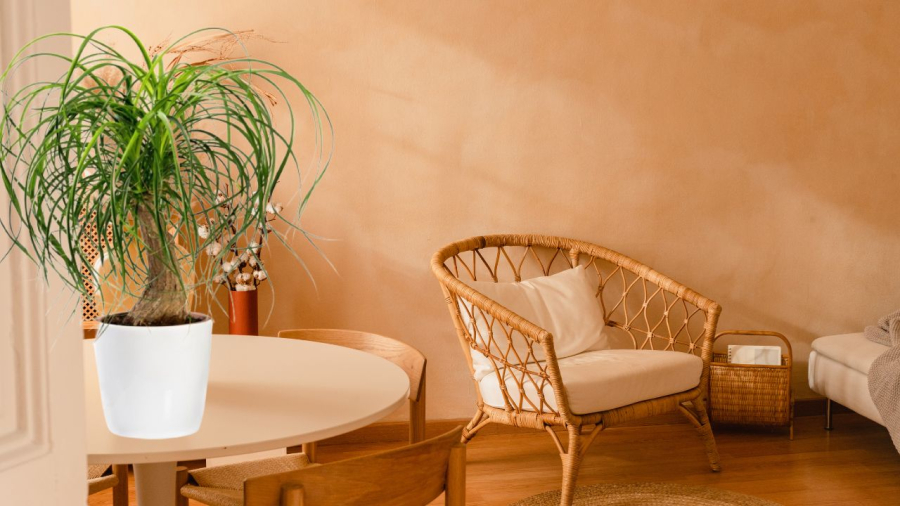
Parlor Palm: Beautiful and Excellent at Moisture Absorption
Areca Palm
Areca palms thrive in humid conditions and absorb moisture quickly. In particular, areca palms grow slowly and stop growing when they reach their maximum height. It is best to place them in the bathroom or kitchen to absorb moisture.
Peace Lily
This plant species is also a good choice for reducing humidity and preventing mold, especially in enclosed spaces.
These plants offer multiple benefits that contribute to a healthier and more comfortable indoor environment:
- Moisture Absorption: By absorbing excess moisture from the air, these plants help reduce humidity levels, preventing mold growth and creating a drier atmosphere.
- Air Purification: Many of these plants, such as the Dwarf Umbrella Tree, Moth Orchid, and Phalaenopsis Orchid, are known for their air-purifying qualities, removing pollutants and improving overall air quality.
- Aromatic Benefits: Plants like Peppermint offer a pleasant fragrance, adding a refreshing scent to your indoor space while also providing health benefits like treating constipation and cold symptoms.
- Aesthetic Appeal: These plants not only serve a functional purpose but also enhance the beauty of your home, creating a more welcoming and relaxing environment.
- Mosquito Repellent: Peppermint also acts as a natural mosquito repellent, keeping these pests at bay during the humid season.
Absolutely! In addition to moisture absorption and air purification, these plants offer a range of additional advantages:
- Improved Health: Some plants, like Peppermint, have medicinal properties that can help treat various ailments, boost your immune system, and prevent bacterial infections.
- Stress Relief and Relaxation: Studies have shown that indoor plants can have a calming effect, reducing stress and promoting a sense of well-being.
- Enhanced Air Circulation: By absorbing moisture and releasing water vapor through transpiration, these plants contribute to improved air circulation, creating a more comfortable indoor climate.
- Increased Home Value: Adding elegant and well-maintained plants to your home can increase its aesthetic appeal and, consequently, its market value.
- Sustainable Solution: Using plants to regulate moisture levels is a natural and environmentally friendly alternative to solely relying on mechanical dehumidifiers.
Why Is the Refrigerator Smelling Bad and What Are the Consequences?
If you’re experiencing a strange smell coming from your refrigerator, it can be a sign that something may be off. Not only is it a nuisance, but it can also adversely impact the quality of your foods. Here’s an exploration of the various causes of this issue, as well as some strategies to get rid of the smell.











